Ever wonder why some marketing campaigns actually make money while most just die in someone’s inbox? The difference isn’t luck, it’s automation. Manual marketing is a slow and inefficient process that consumes your team’s workforce and at the same time does not generate any income. Customers are looking for fast, relevant, and personalized service, and if you don’t provide it, your competitor will.
Digital marketing automation is how you win that race. This is not only about sending emails at the right time but also about linking data, content, and customer behavior so that each interaction is significant. If done correctly, it lowers human work, accelerates conversions, and makes income more stable.
The guide provides you with the four phases through which automation will be profitable: first, plan your strategy; second, choose the appropriate tools; third, conduct campaigns that convert; and finally, measure what matters. Follow this, and your automation isn’t just a tool, it’s a revenue engine.
Phase 1. Strategic Planning and Foundation

Before you start throwing tools at your problems, you need a plan. Start with clear goals that actually matter for the business. Forget vanity metrics and focus on what moves money. For example, reduce MQL-to-SQL time by 20%, push the average order value up by 10%. If it doesn’t connect to revenue, it doesn’t count.
Then take a hard look at your tech. What are you doing manually that could run itself? Can your CRM, CMS, and analytics platforms talk to each other without hiccups? Gaps here will slow you down and eat into ROI. Adobe’s latest numbers tell the story: 80% of senior executives plan to spend more on tech, with almost a third going big. The message is clear; if you don’t invest in smarter systems, you fall behind.
Finally, map the customer journey. Know every decision point, every friction spot, every content need from awareness to purchase. These aren’t just notes on a page, they become the backbone of automated workflows that actually convert. WEF reports 88.52% of companies would implement automation if they had the time and resources. That’s how serious the industry is about making automation work.
Also Read: The Dawn of Autonomous AI in Martech: Redefining How Decisions Are Made
Phase 2. Tool Selection and Integration
Alright, now you’ve got a plan. Time to pick the tools that actually make things happen. First, scalability. Will this platform be able to handle a larger amount of campaigns, better traffic, and additional customers, or will it merely fail and you will have to invest a lot of money in fixing it? Choose growth instead of a company that limits your development.
Next, your team. Is it easy to use, or will everyone struggle and complain? Fancy features don’t matter if nobody can figure out how to run them. Adoption is what drives results, not the logo on the software.
Look at what you actually need. Email, landing pages, social scheduling, reporting. Keep it simple. All-in-one platforms are easy to start with. Best-of-breed tools give extra power for specific stuff. Either works if it fits your setup and can connect to the rest of your systems.
Integration is where most people mess up. Your automation platform, CRM, CMS; they need to talk to each other. Messy data kills campaigns, leads slip through, emails hit the wrong people, personalization fails. Salesforce says 63% of marketers are already using generative AI. That’s how automation actually makes money when everything lines up.
The takeaway: pick tools that scale, your team can use, and that fit together. Anything else is just spending money to create problems. Digital marketing automation only works when the pieces actually talk to each other.
Phase 3. Campaign Setup and Effective Targeting
Now it’s time to make your digital marketing automation actually work. First, segmentation and personalization. Don’t just sort people by age or location, that’s lazy. Look at behavior. What did they buy? What content did they read? Which pages did they check on your site? Use that. Set up automatic responses for actions like abandoned carts or someone checking your pricing page twice. That’s money sitting on the table. A simple email triggered by that action can turn a maybe into a sale. Personalized calls-to-action convert 202% better than standard ones. That’s not theory, it’s proof that behavior-based targeting works.
Lead scoring comes next. Don’t let sales waste time on everyone who clicks a link. Rank leads by fit, company size, industry, demographics, engagement, emails opened, pages visited, and content downloaded. Automation can do this instantly and flag the hottest leads. When a lead becomes sales-ready, hand it to the sales team with all context. No chasing, no guessing. Faster handoff, faster conversions, more revenue.
Then build your workflows. Start simple. Nurture sequences for cold leads keep them warm until they’re ready to buy. Onboarding campaigns after purchase help customers stick around and see value fast. Re-engagement workflows pull inactive users back into the loop. Every workflow should have one goal: move people forward, not just fill inboxes.
AI matters too. HubSpot forecasts that, by the year 2025, 43% of marketers will use AI for content creation, texting, as well as visuals and ideas. The fast, personalized, and widely spread marketing that will result from the combined forces of digital marketing automation and AI will be the one impossible to surpass by humans alone.
Bottom line: segment right, score smart, automate thoughtfully, and test constantly. Do this with the right tools, and your campaigns stop being noise and start making real money.
Phase 4. Measurement, Analysis, and Optimization
You’ve set up your automation. Now, does it actually work? Start with the obvious stuff: conversion rates. How many visitors turn into leads? How many leads turn into sales? How many actually buy? That’s where you see if your digital marketing automation is doing its job or just sitting there.
Look at time saved too. How many hours did you stop doing manually? Those hours aren’t just numbers; they’re extra focus on growth, campaigns, and strategies that make real money. Then check lead velocity; how fast are your leads moving through the funnel? Fast leads mean faster sales. Don’t forget customer lifetime value. Automation that keeps people buying longer is worth way more than a single sale.
Testing is everything. Run A/B tests on subject lines, emails, timing, anything. If it fails, change it. Keep what works.
Use what you learn to tweak everything. Adjust lead scores, update journey maps, refine touchpoints. Digital marketing automation isn’t a set-and-forget deal. It learns, adapts, and gets smarter as you go.
AI matters here too. Google’s I/O 2025 showed marketing is moving toward smarter, more personal experiences. While your campaigns cannot be completely on automatic mode, they still need to respond immediately to the actions, clicks and interests of the audience.
Evaluate, adjust, and do it again. Thus, your automation will no longer be a trick. It becomes a real revenue machine, and the best part? It keeps getting better the longer you run it.
The Path to Sustainable Growth

Look, digital marketing automation isn’t a magic button. It doesn’t work just because you bought a fancy tool. You organize, you establish the thing, you monitor the situation, and you keep on adjusting it. Assess what is truly having an impact. Terminate the processes that consume time. Keep what’s working.
Do this right, and automation stops being a cost. It becomes a machine that drives real results. Marketing stops guessing and starts making money every day. That’s growth you can see. That’s growth you can bank on.
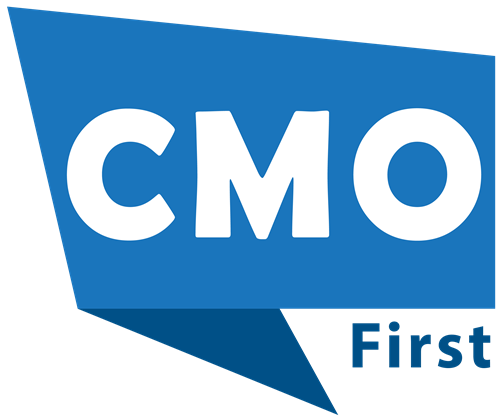




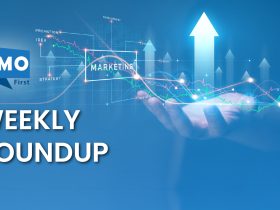
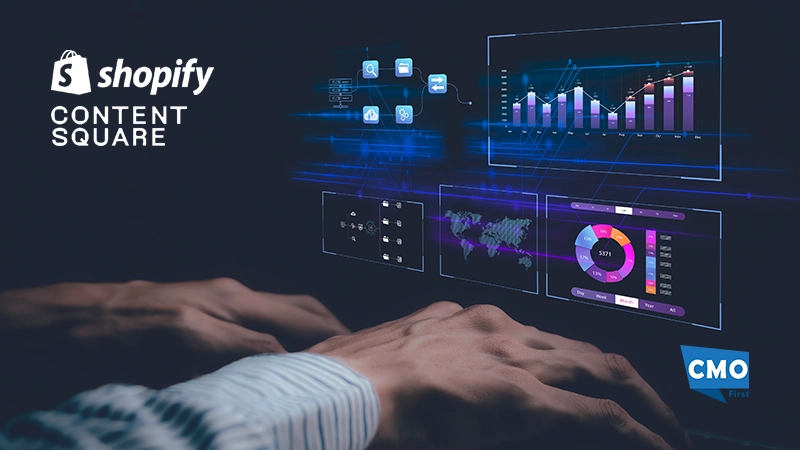


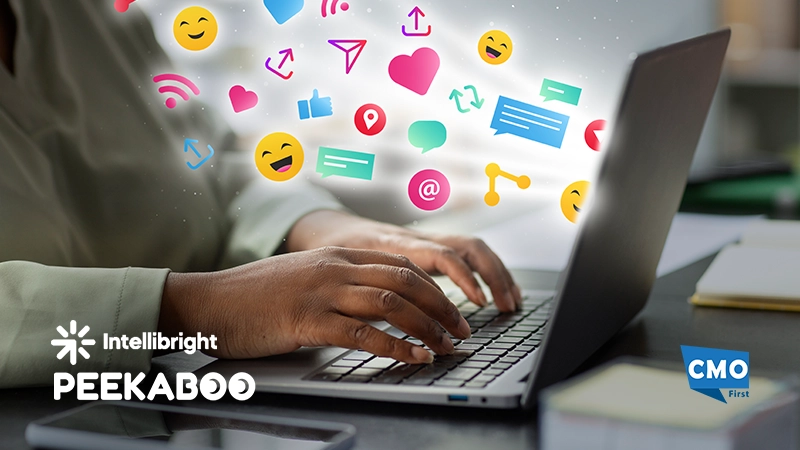
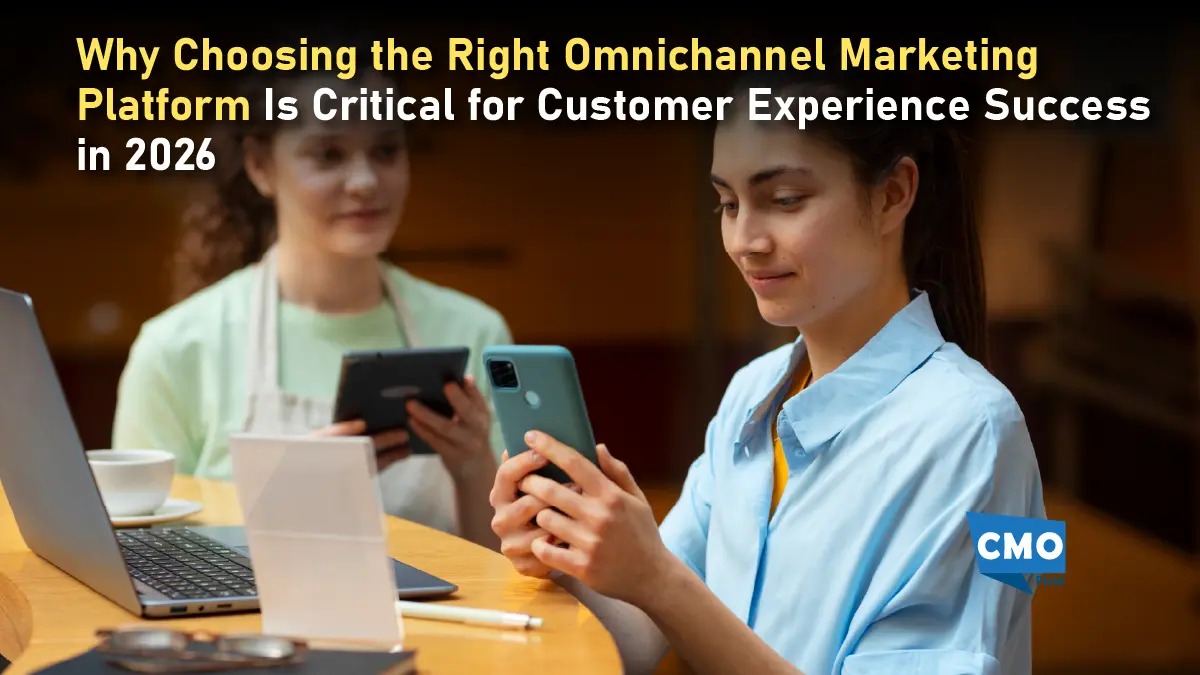
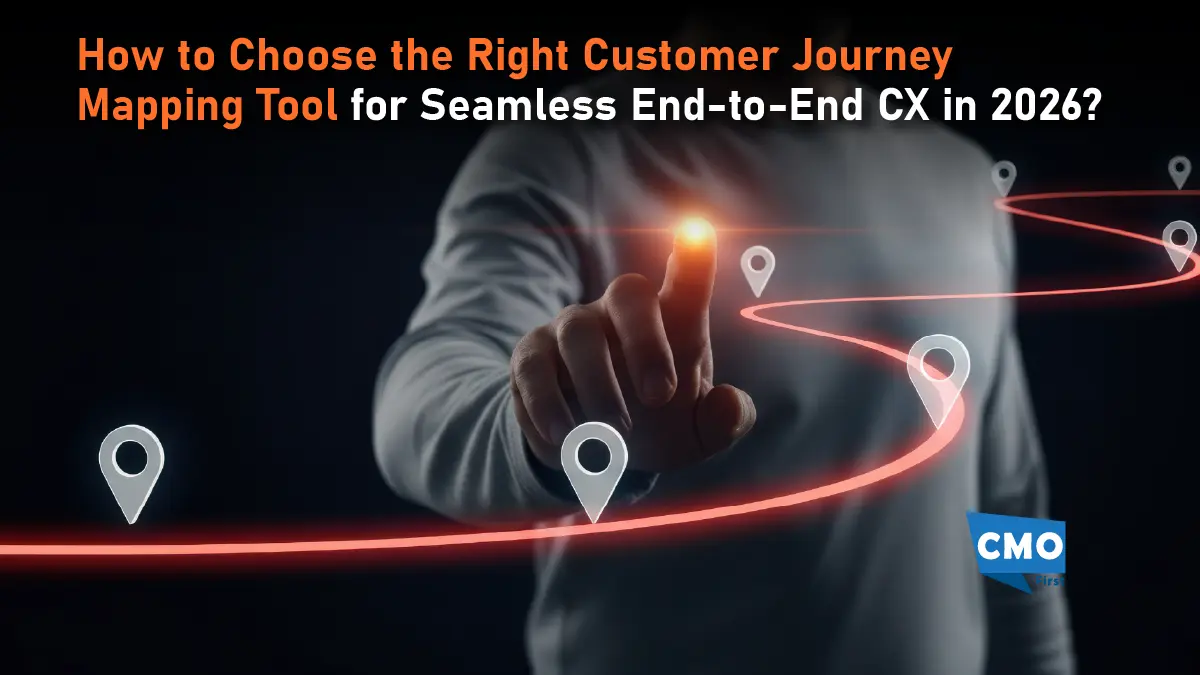
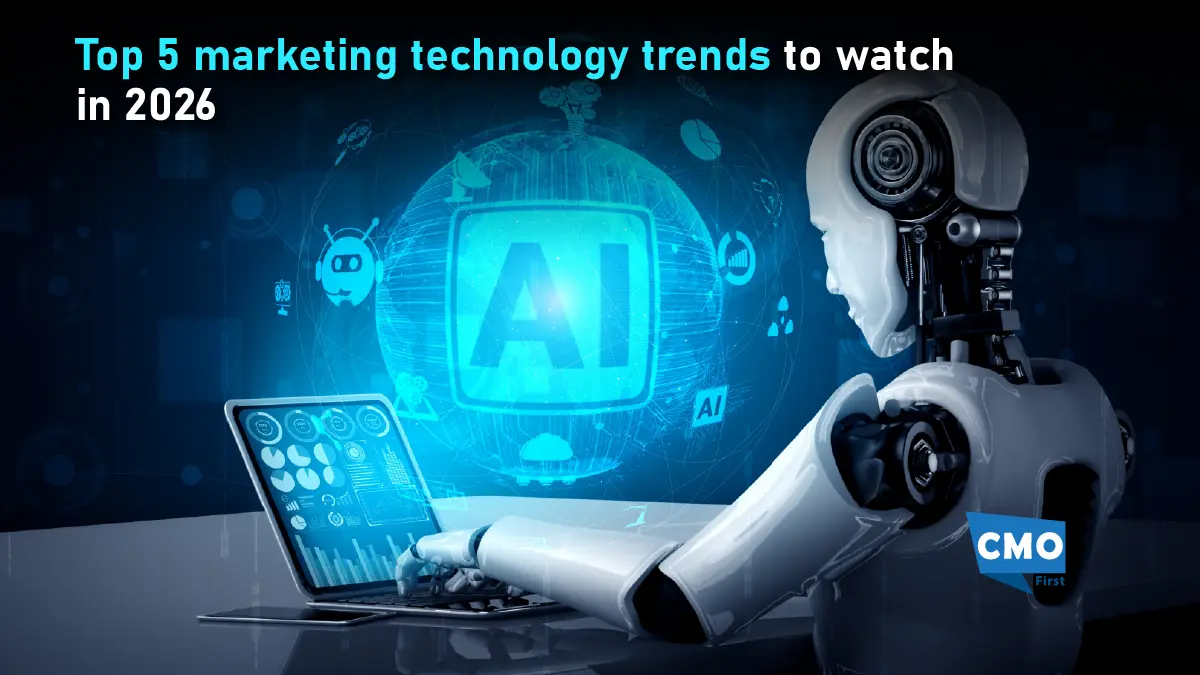
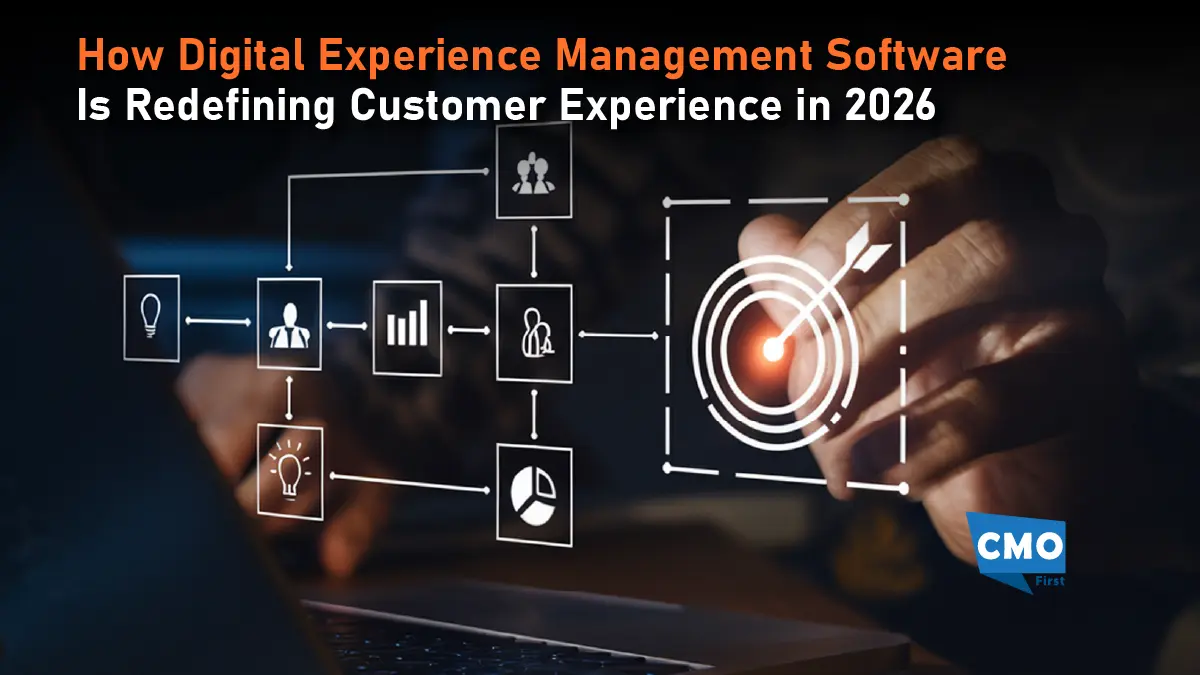
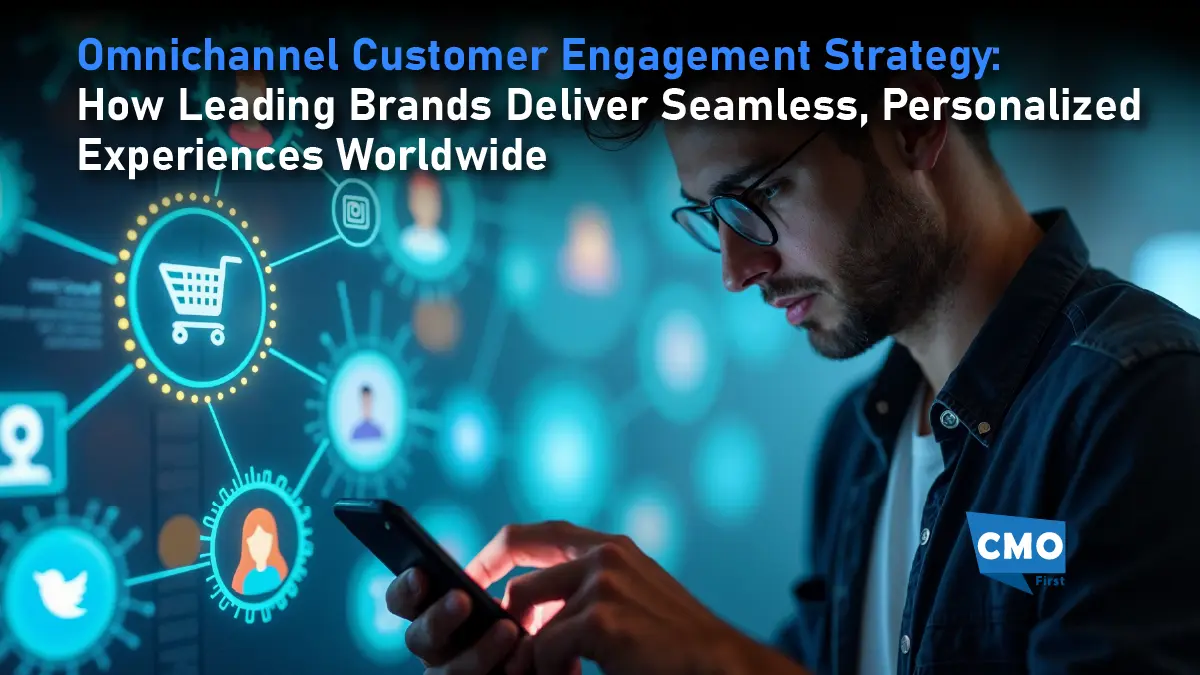
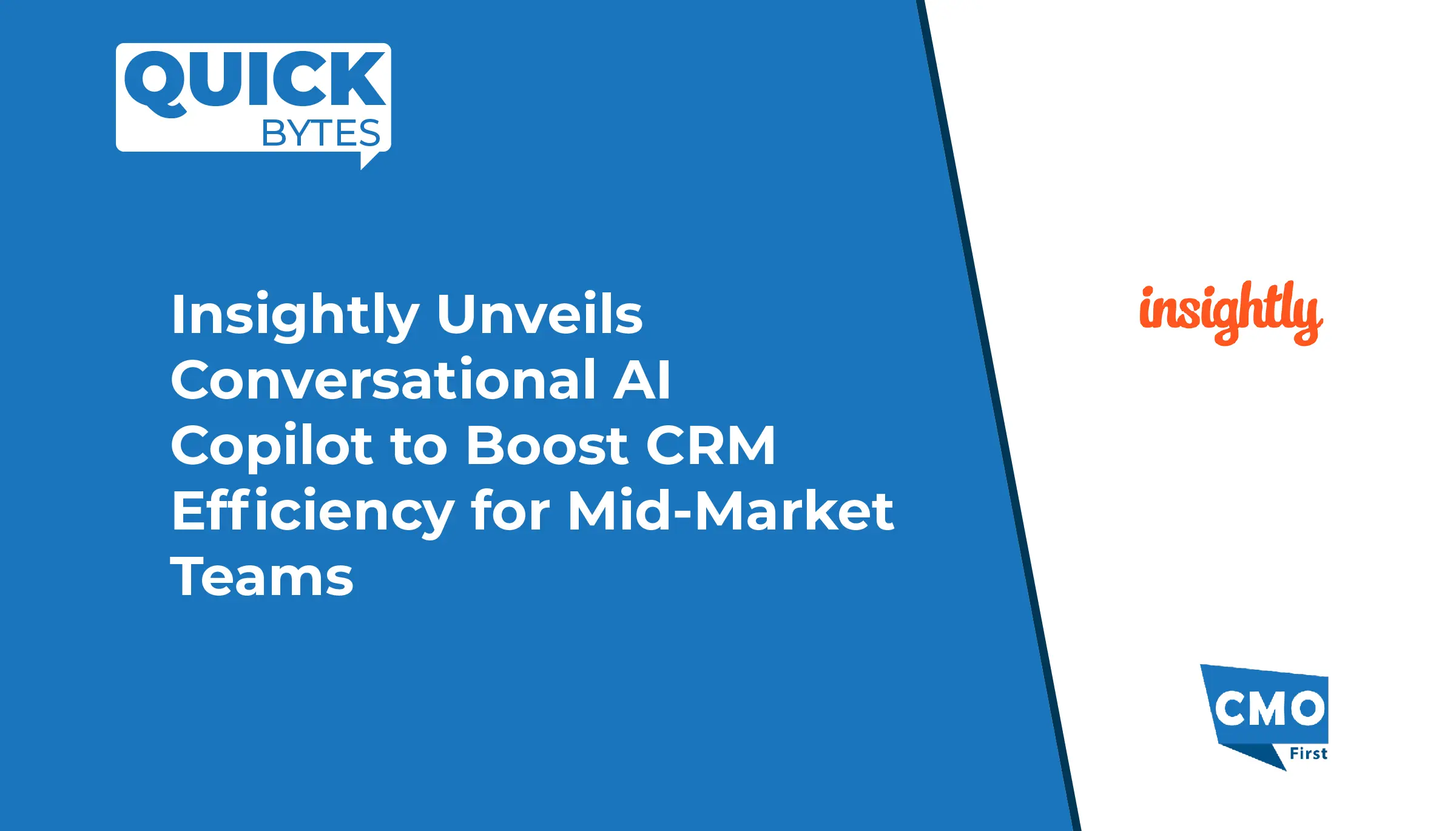
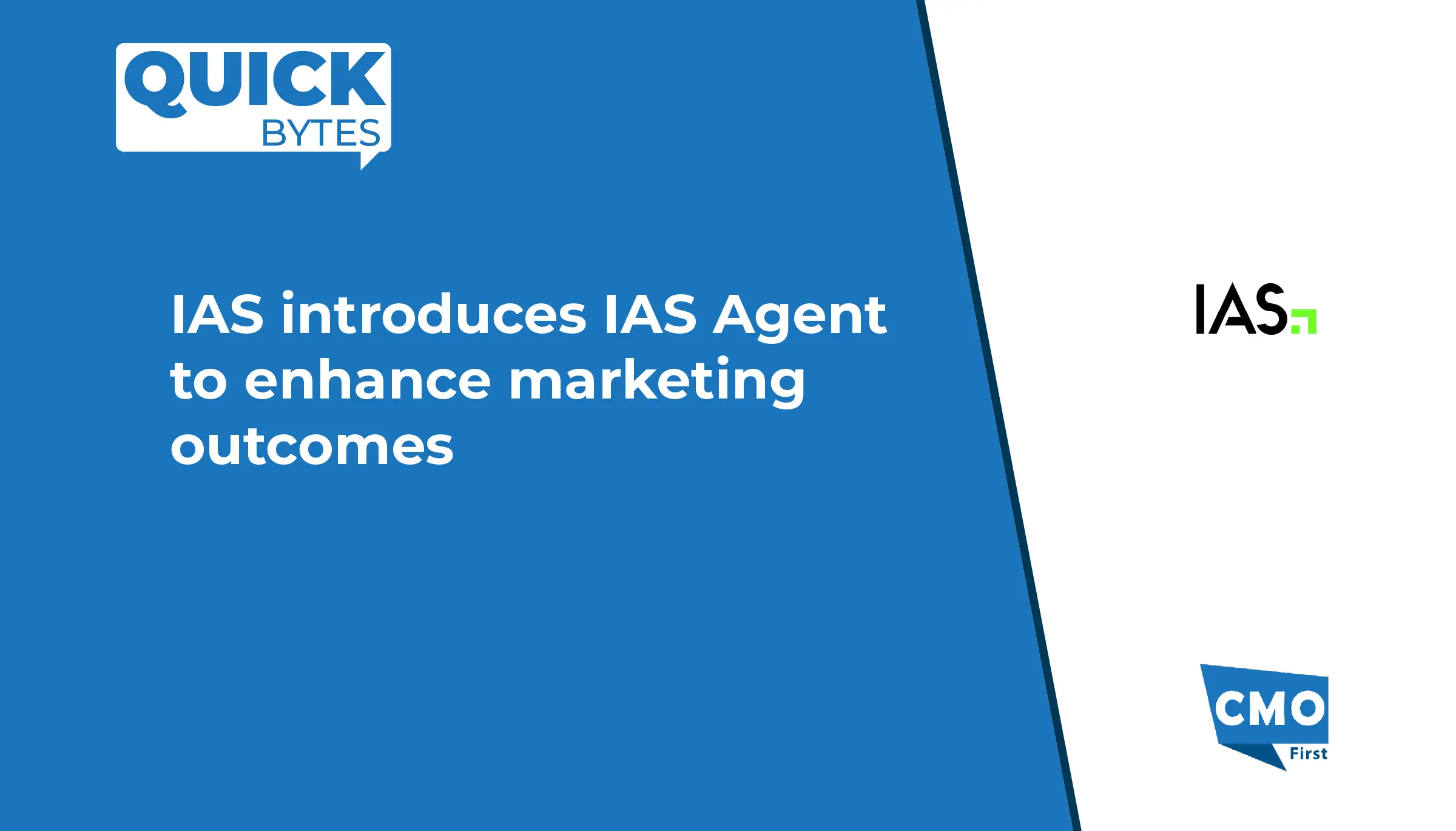
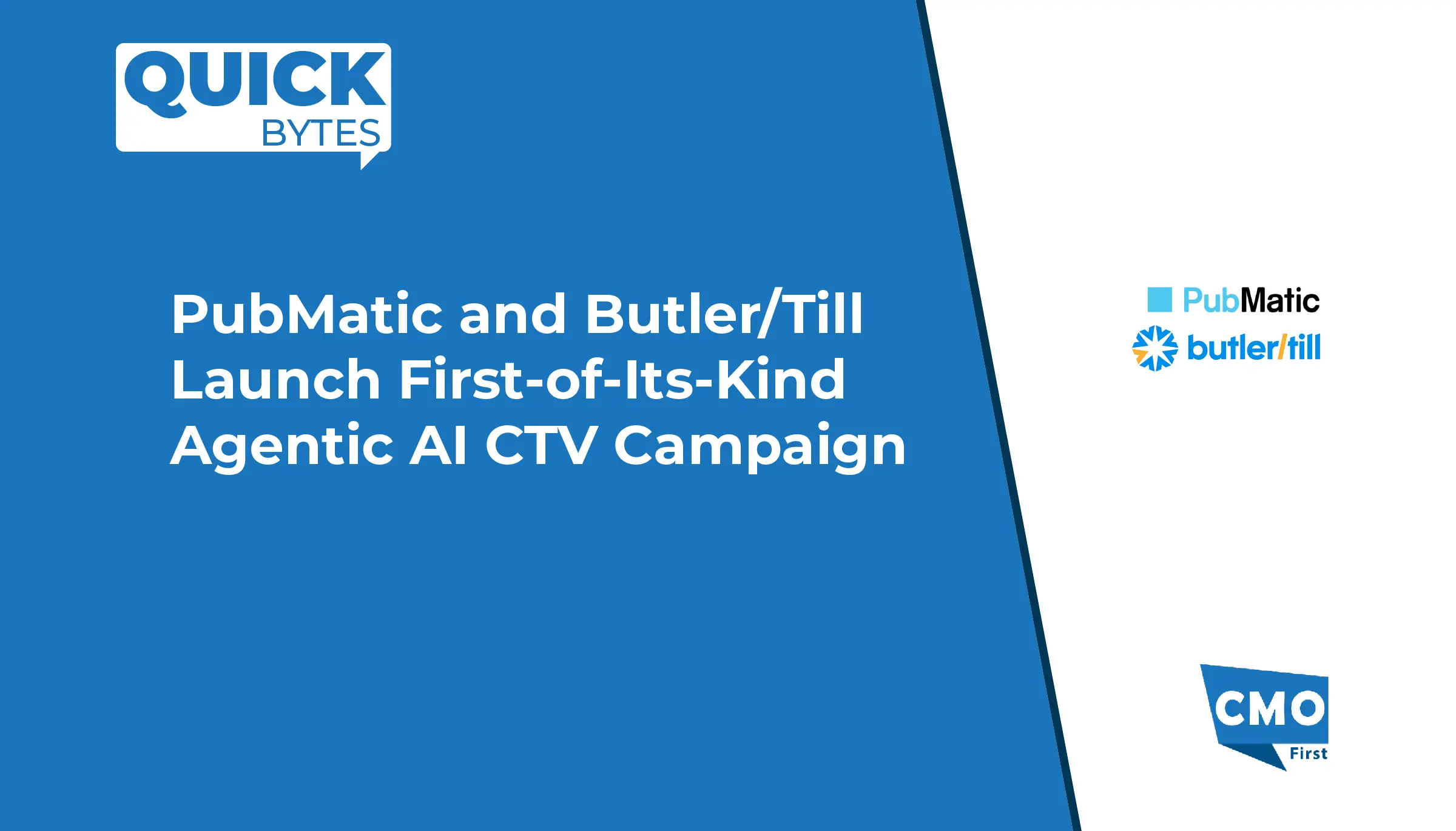
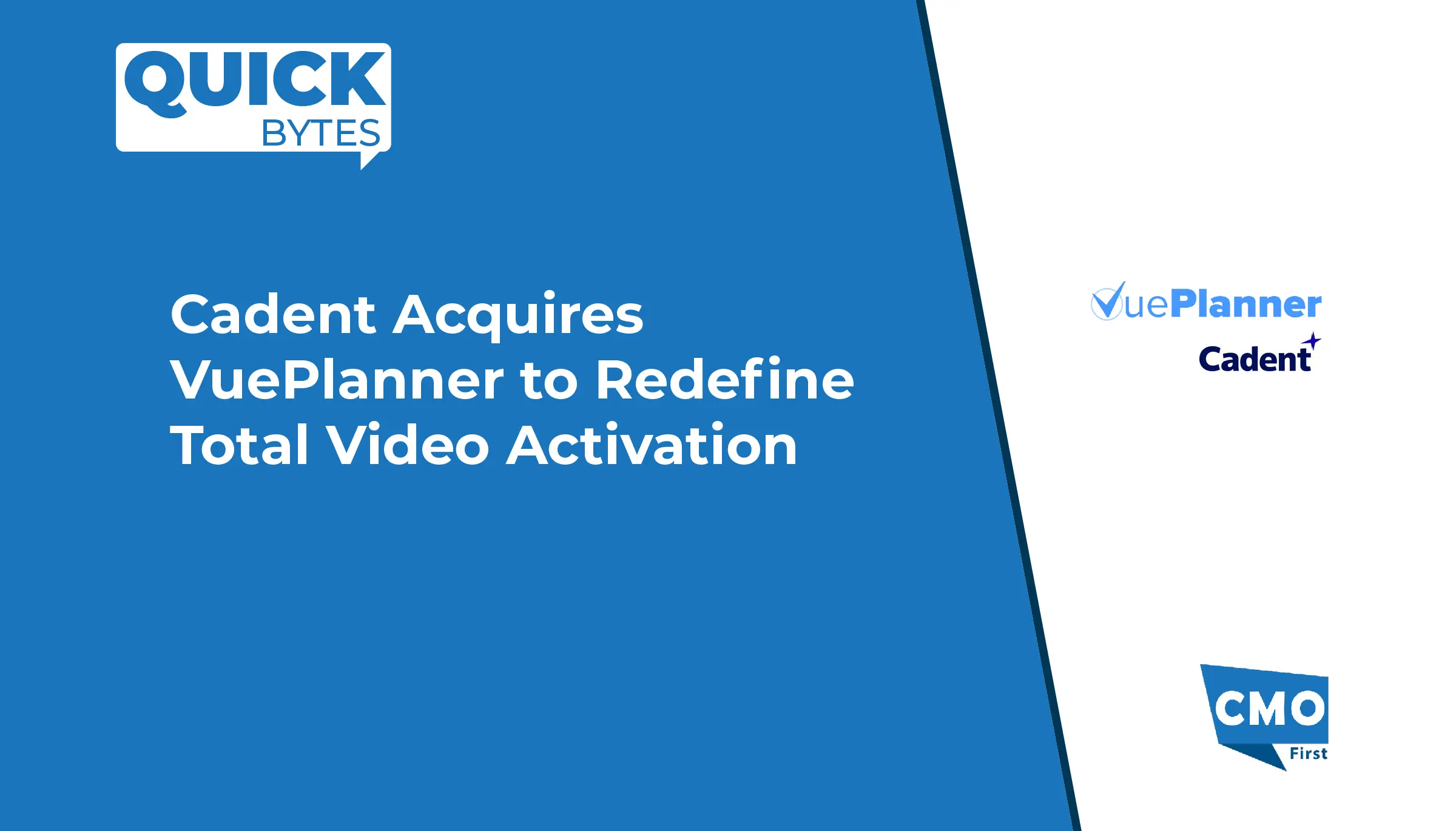
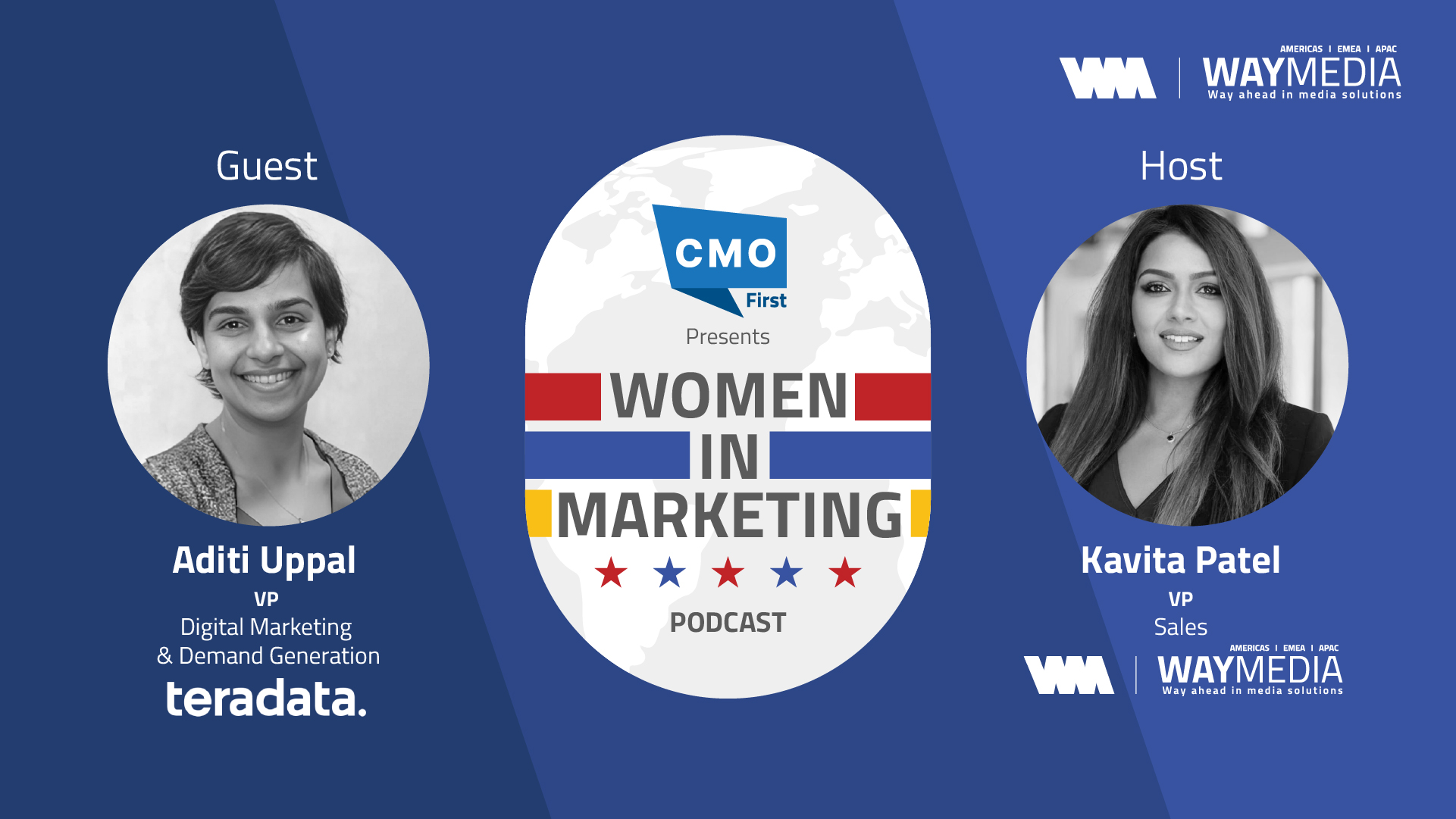

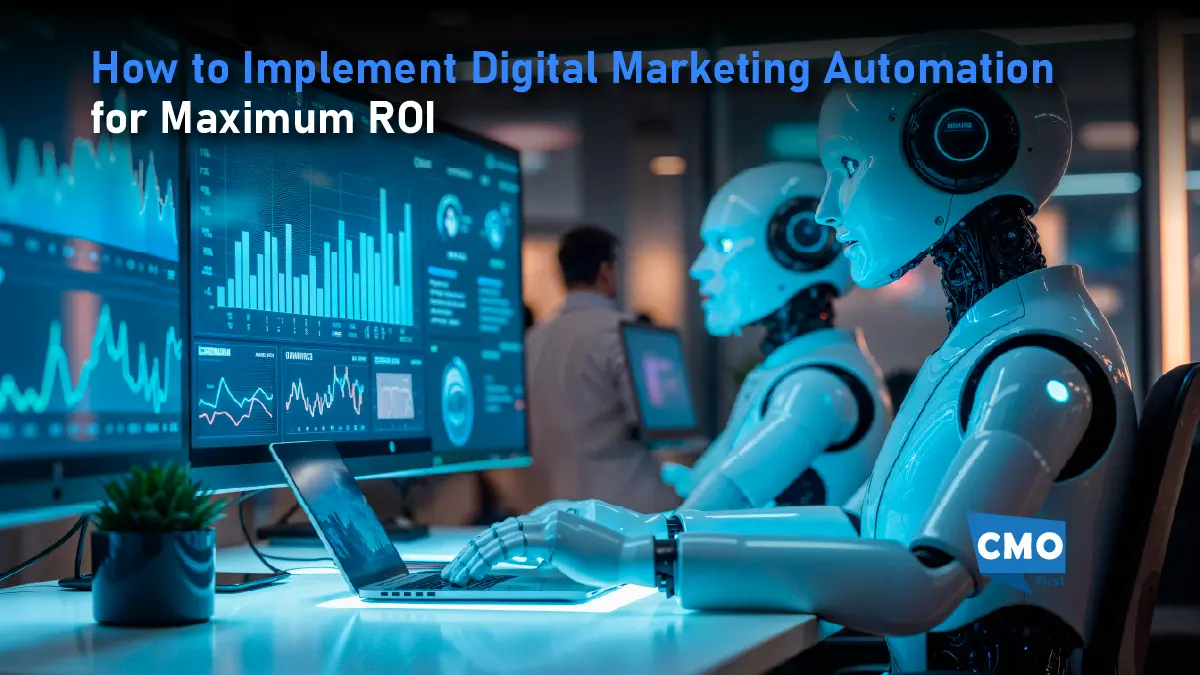

Leave a Reply